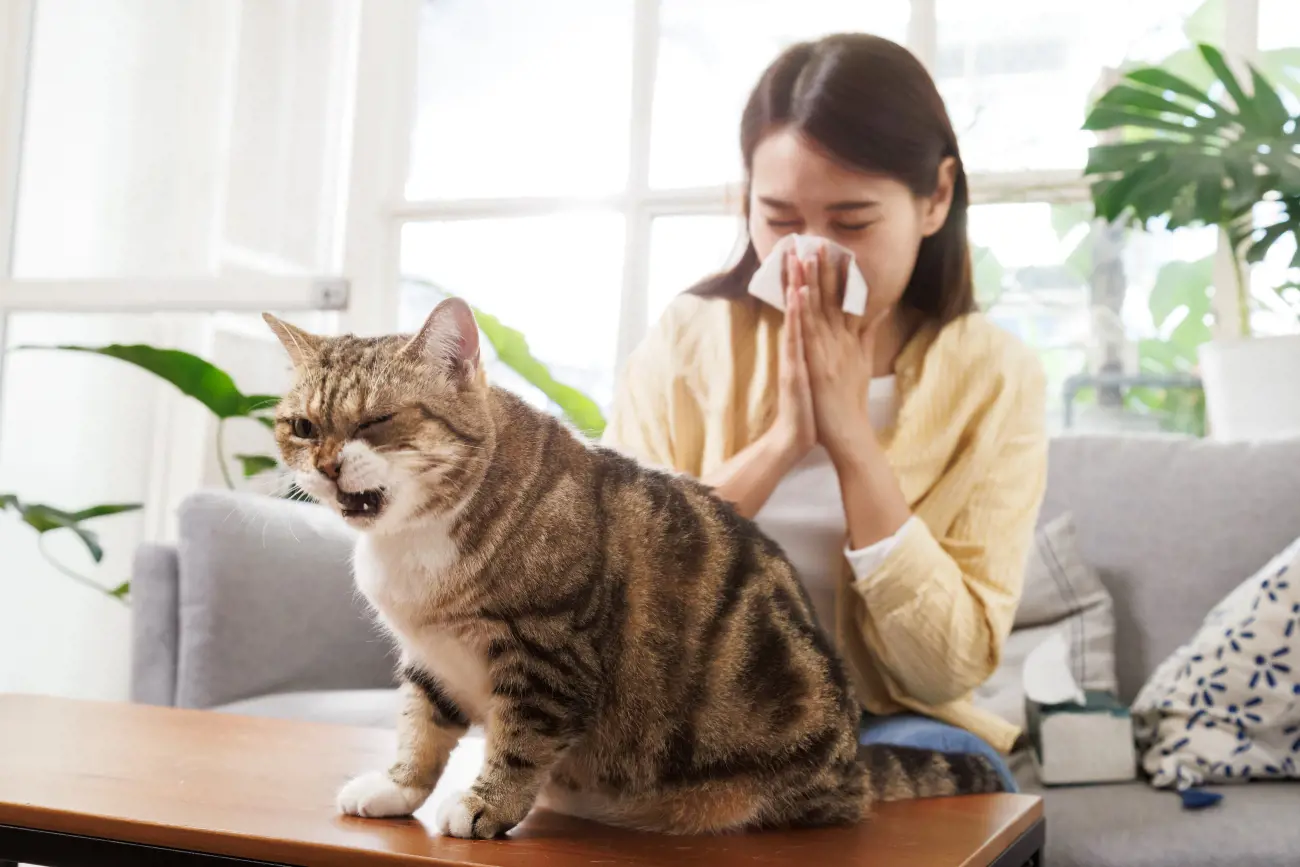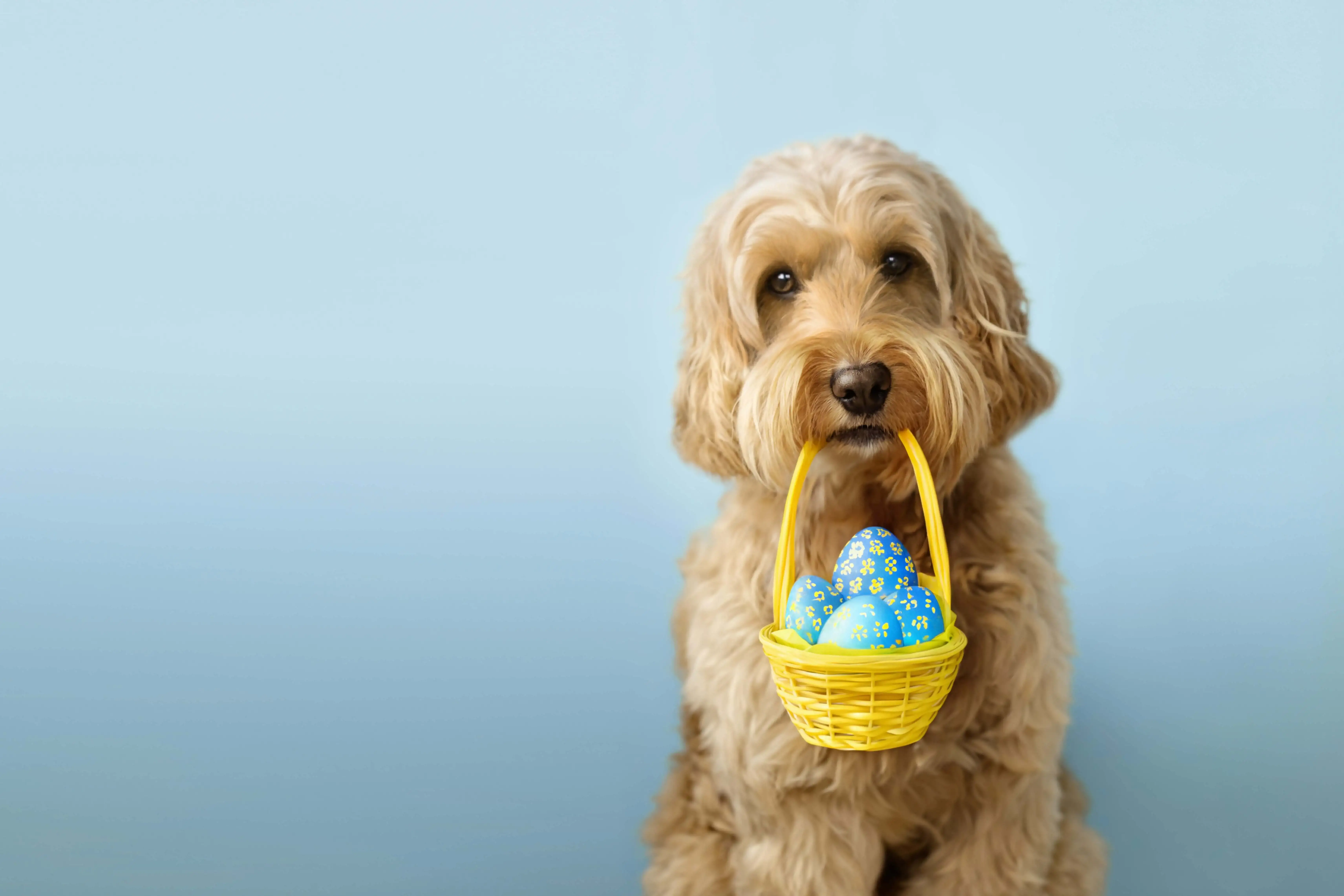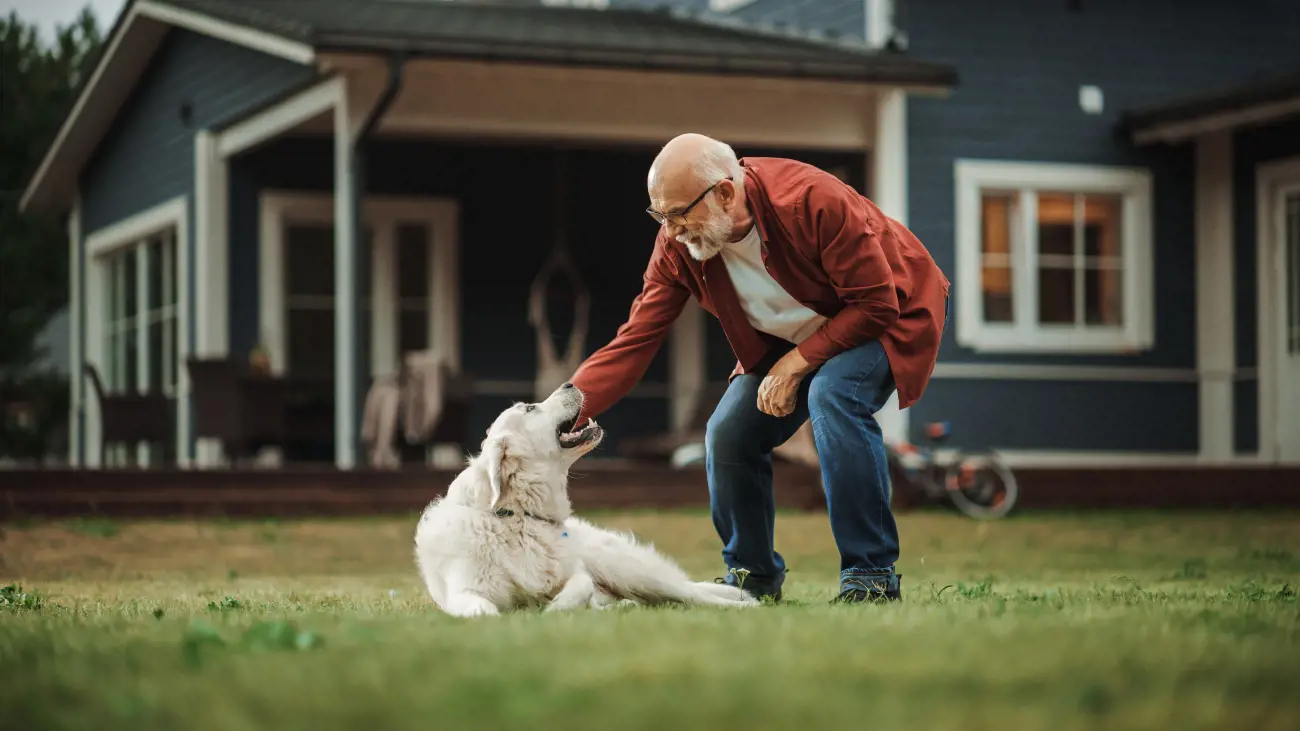What type of complications can happen after a dog C-section in the UK?
11th July, 2024
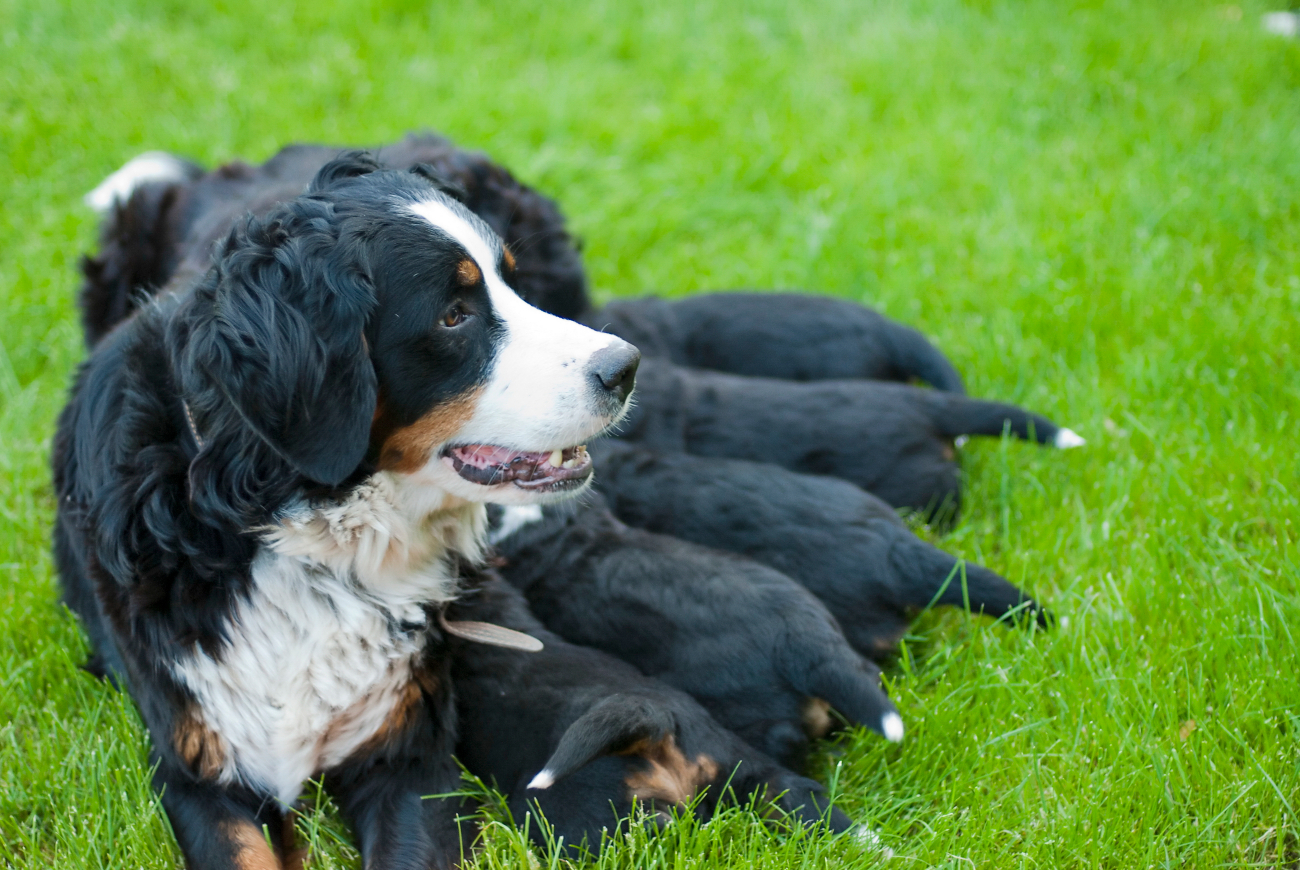
A dog's caesarean section (commonly referred to as a C-section) is a significant surgical procedure often performed as an emergency when a pregnant dog experiences difficulty with natural birth.
While most dogs recover quickly, complications can occasionally arise, especially if the dog has been in labour for several hours prior to the procedure. For UK pet parents, it's crucial to understand what type of complications can happen after a dog C-section.
A deep dive into canine c-section
A canine C-section involves the surgical removal of puppies from the uterus, often performed under general anaesthesia. The surgery is typically unplanned and happens when a dog experiences difficulty during natural birth, a situation known as dystocia.
The physical condition of the dog, the dog's age, the type of anaesthesia used, and the duration of the dog's labour pre-surgery all play a crucial role in determining how quickly the dog recovers post-surgery.
Potential post-operative complications
Despite being a common procedure, like any surgery, a C-section carries some risks. Here are the significant complications that might occur after a dog's C-section surgery:
- Haemorrhage - Severe bleeding can occur inside or outside the body after a C-section. Look out for blood around the wound, on other parts of the body, or in your dog's bodily fluids.
- Infection - Infection is a potential risk with any surgery. A few more signs of infection include redness or swelling around the wound, an unusual odour, fever, or abnormal-coloured discharge.
- Dehiscence - Also known as wound breakdown, dehiscence happens when a wound reopens. Physical activity and licking can cause wound breakdown, as can an infection.
- Post-operative shock - If a dog was in labour for several hours before the surgery, it might experience post-operative shock due to dehydration and exhaustion.
- Sub-involution of the uterus - This condition is characterised by a bloody vaginal discharge for weeks after surgery.
The first 24 hours - what should you expect?
The first day after your dog's C-section might be an emotional roller coaster for both you and your pet. But as tempting as it might be to rest, now is the time to be extra vigilant, as your dog needs you the most.
Post-operative exhaustion and disorientation
Your dog will likely be extremely tired after the C-section. This exhaustion is a combination of natural fatigue from carrying puppies for two months and the after-effects of the anaesthesia used during the procedure. As the anaesthesia wears off, your dog may seem wobbly and disoriented.
Stress levels and anxiety
The entire experience of a C-section can leave your dog feeling stressed and anxious. It's essential to give your dog plenty of time and space to settle down at home. If she has a favourite toy or blanket, having it nearby might comfort her.
Reintroducing food and water
A few hours after surgery, your dog may start showing interest in food again. However, it's crucial to reintroduce food and water slowly. If your dog consumes too much food or water too quickly post-surgery, she may vomit.
The first week - what should you expect?
After the first 24 hours, things should start to settle down. However, there are still things you should expect and monitor during the first week post-surgery.
Body temperature fluctuation
In the first 1-3 days following your dog's C-section, her body temperature might slightly rise by 1-2 degrees. This minor increase is normal. However, if her temperature goes over 38°C or if the temperature increase remains for several days, it's time to contact your emergency vet.
Blood in urine and discharge
You may notice a reddish tinge to your dog's urine and vaginal discharge in the first few days after surgery. This is normal but should stop after 3-7 days. If bloody discharge or urine is still present after this period, it's time to contact your nearest emergency vet.
Increased appetite
Once your dog's healthy newborn puppies begin nursing immediately, she isn't just eating to sustain herself, she's feeding a whole family. As such, her appetite will naturally increase.
The second week - what should you expect?
By the second week post-surgery, your dog should be nearing total recovery. However, you'll still need to make some adjustments to your routine.
Wound care
Dogs naturally want to lick their wounds. But licking a surgical wound can lead to irritation, infection, or wound reopening. It's crucial to keep your dog from licking her stitches.
Rest and recuperation
Your dog should continue to rest for about two weeks after her procedure. Make sure she doesn't engage in any strenuous physical activity that could cause her incision site to reopen.
Stitches removal
About 10-14 days after the surgery, your dog may be ready to have the stitches removed, if they're the removable kind.
When to contact your veterinarian
It's crucial to monitor your dog carefully after the C-section. While most of the above symptoms are completely ordinary, if you notice severe bleeding, your dog shows signs of infection, or reopening of the incision, it's time to contact your emergency vet immediately.
What is the survival rate of a dog C-section?
When it comes to the question, "What is the survival rate of a dog C-section?", it's essential to note that several other factors can influence the outcome. Generally, the survival rate for puppies delivered through C-section is relatively high, with most studies indicating rates of 90-96%. However, this depends on various factors such as the breed of the dog, the health status of both the mother and pups, and the timing and execution of the procedure.
For instance, brachycephalic breeds (dogs with short noses like a French Bulldog or Pug) often have difficulty delivering naturally due to their unique physical structure. Hence, they have a higher C-section rate, and the survival rate might be slightly lower than other breeds due to potential complications.
The overall health and age of the mother also play significant roles. A healthy, well-cared-for dog is more likely to have a successful C-section and healthy puppies. Timely veterinary intervention is crucial; if a C-section is performed too late in a difficult labour, it may affect the survival rate.
Finding peace of mind with dog insurance
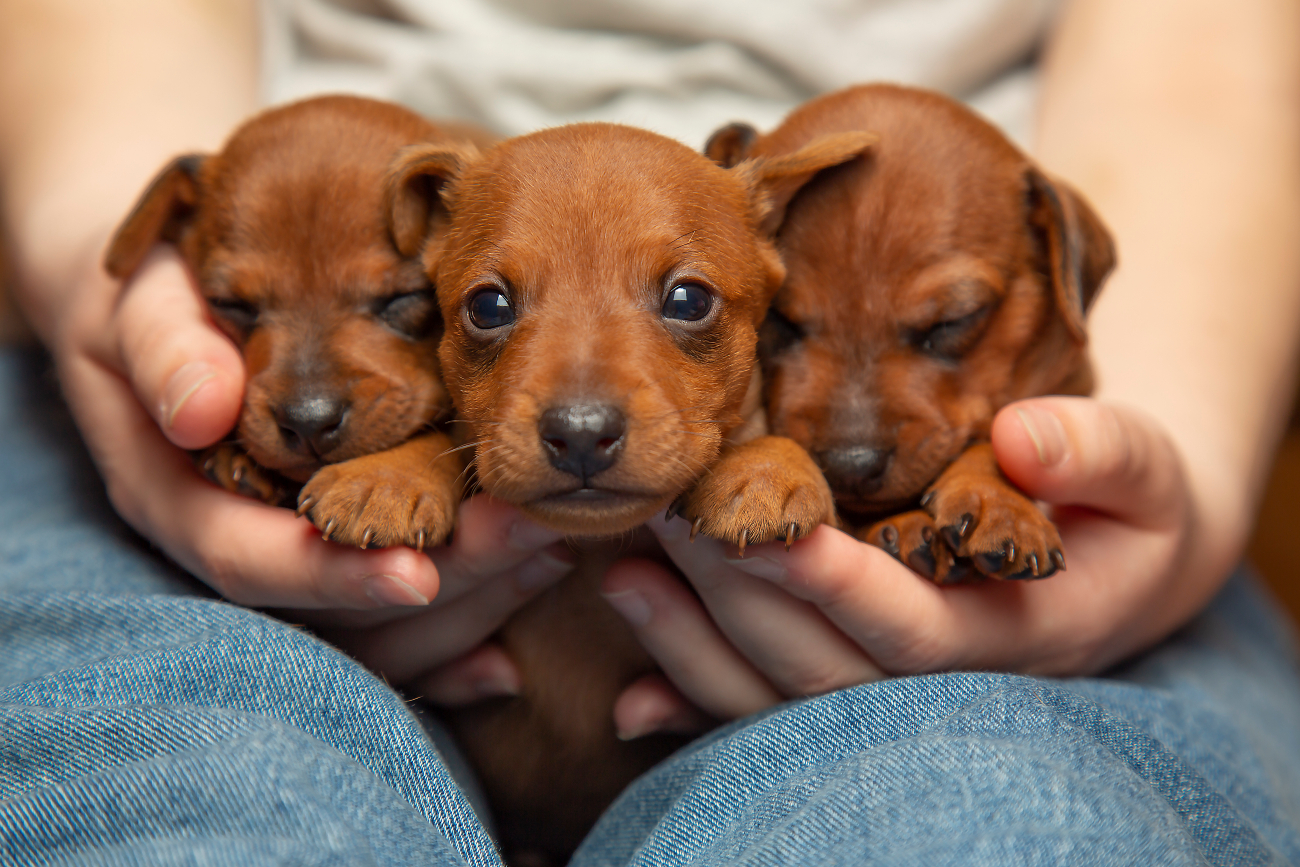
Having a trustworthy veterinarian and a good dog insurance policy can offer you peace of mind. Although pregnancy complications are not covered, you can get a quote for your furry friend through our website. Our dog insurance team is also available on 0330 102 5748 to answer any questions you might have.
Helpful Pages
Recent Posts
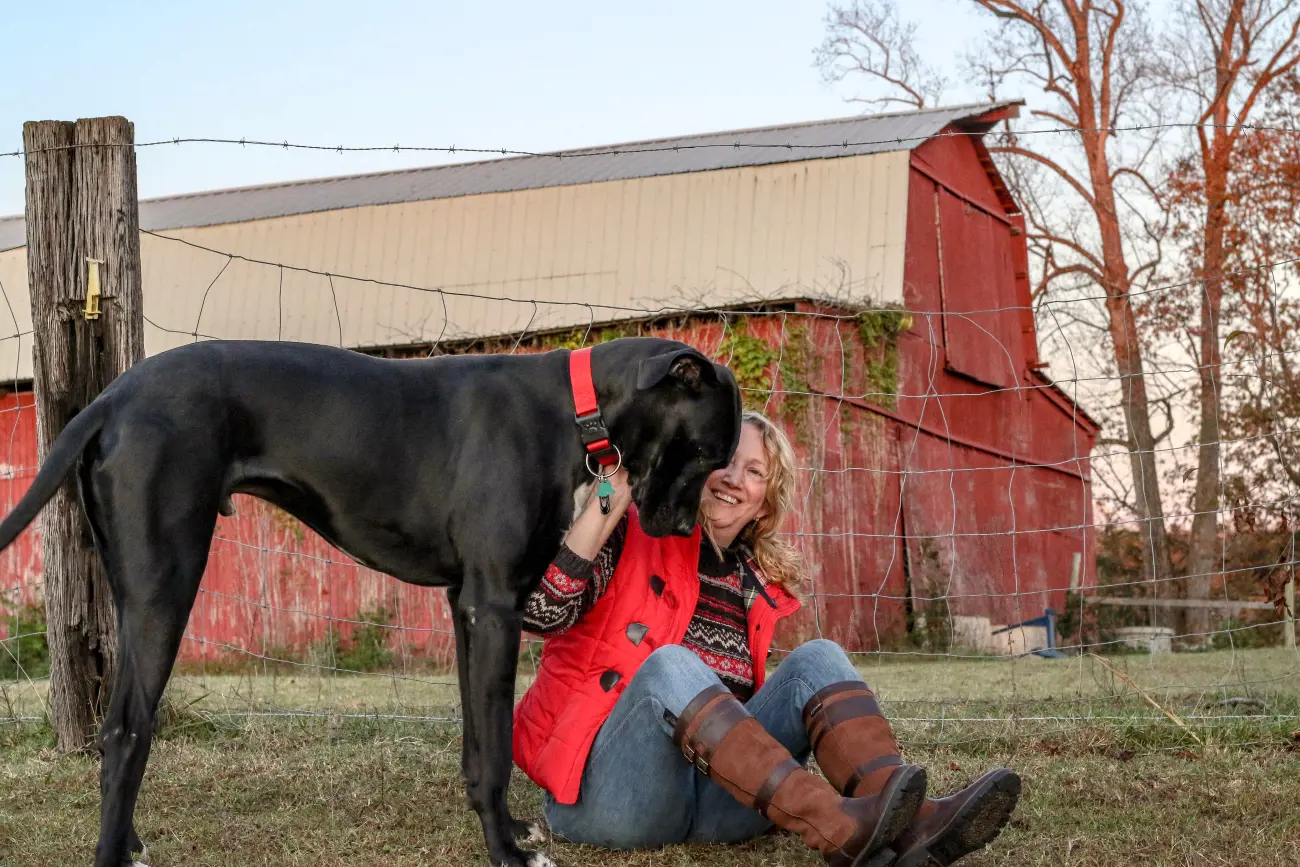
Why do Great Danes bury their heads?
12/03/25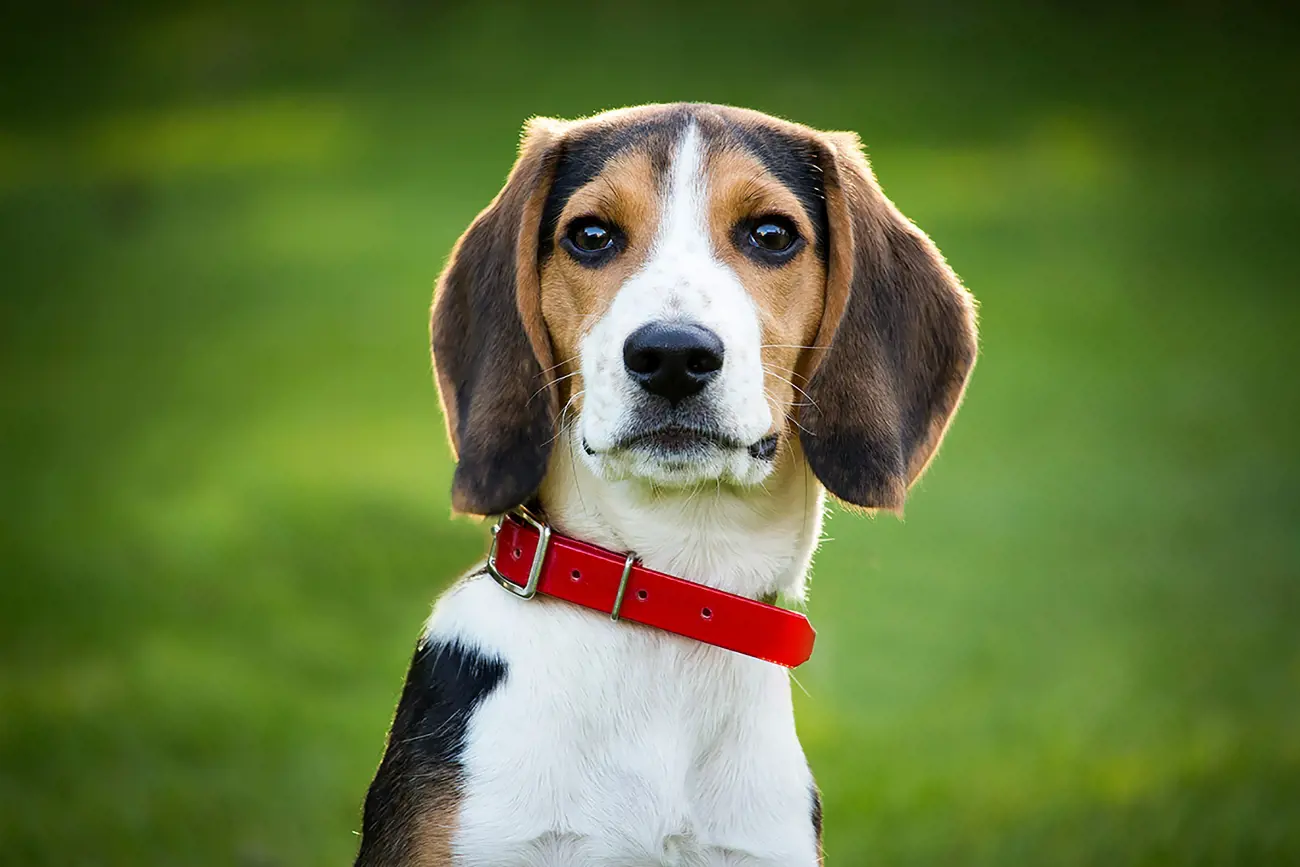
Find out more about Beagles
28/02/25Pet Insurance Quote
- 98% claims paid *
- Claims paid directly to vets
- 24/7 vet video consultations
- Interest free monthly payments
